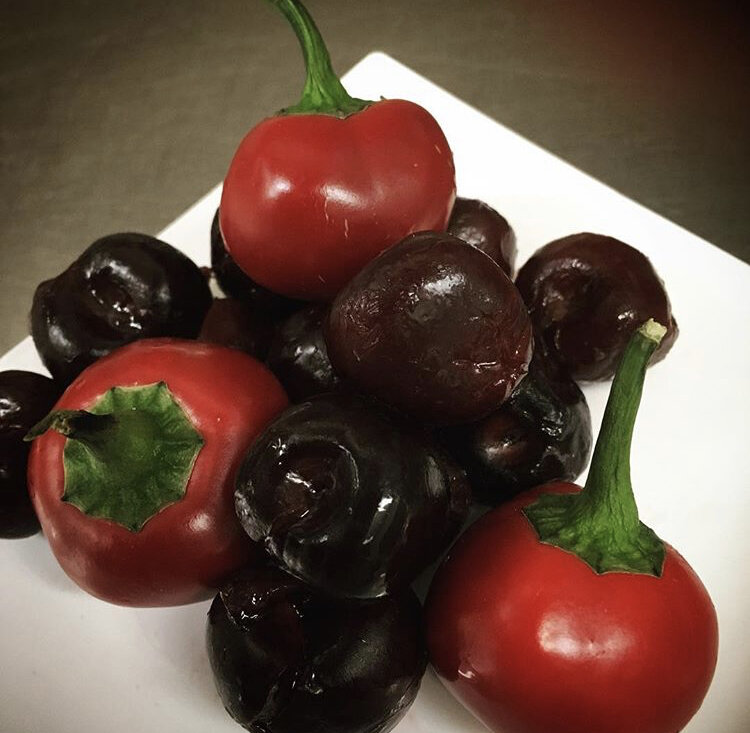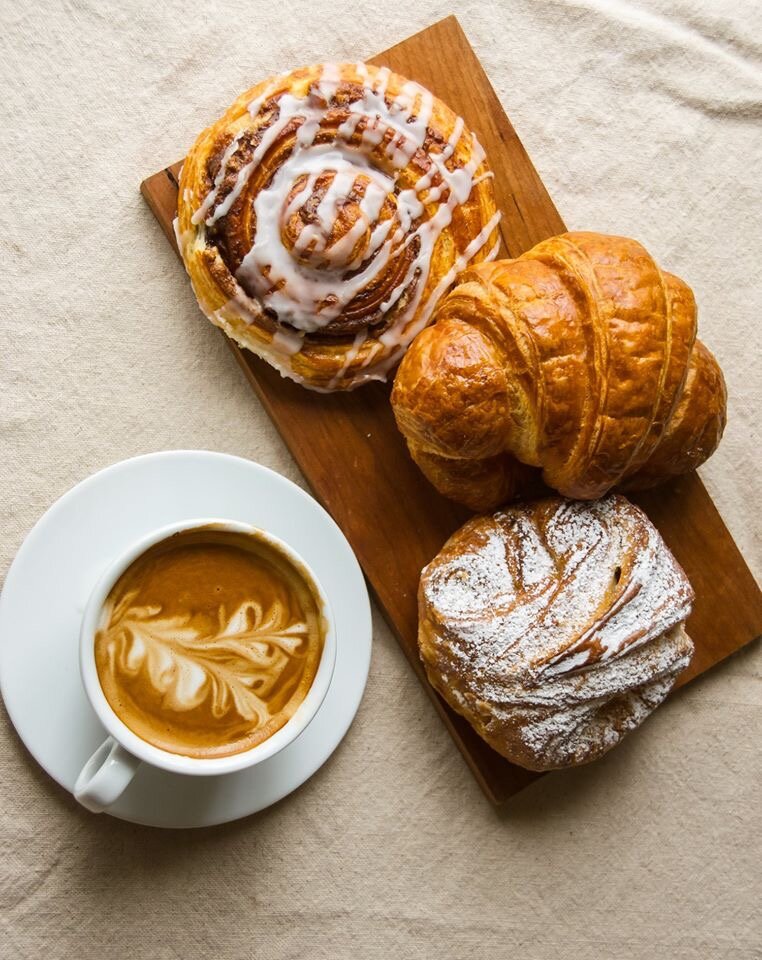This is a simple way to make use of browning bananas in a more versatile way than banana bread!
Recipe
3 cups overripe bananas (brown spots but not fully brown)
2 cups sugar
1/2 cup water
Smidge bourbon (vanilla, rum, or lime are all ok too)
Pinch salt
Equipment:
Heavy bottom medium/ large sauce pan
Whisk
Spatula
Silicone brush
Cup of water
Whisk water and sugar in pan to incorporate, then begin to heat at medium high - do not whisk again.
Using your brush with water, rinse the sides down periodically to prevent crystallized build up. You may swoosh the pan to ensure even caramelization, but do not stir. Once a nice amber color is achieved, add your thinly sliced bananas, and stir with your spatula. Let simmer until bananas are transparent and can be whisked to fully break down. Remove from heat, add a pinch of salt and bourbon. Pour into jar, or container and allow to cool.

























































